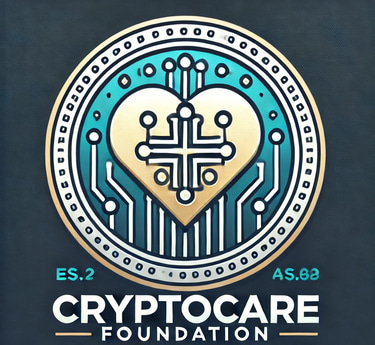When hunger has no borders
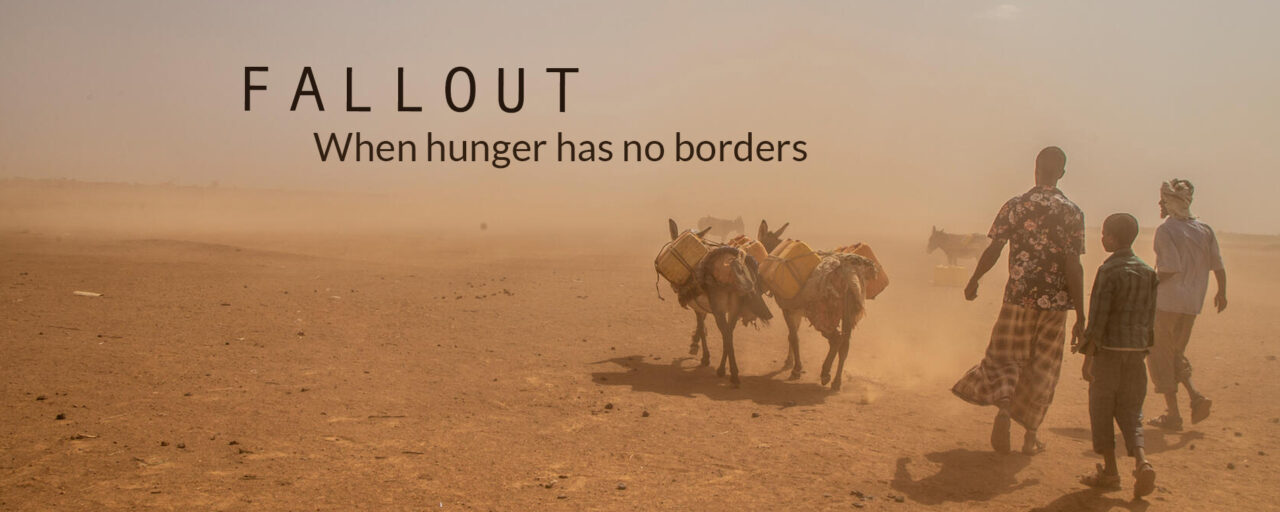

Today, 50 million people in 45 countries — including 21 million children — face the threat of starvation. Afghanistan, Ethiopia, Nigeria, Somalia, South Sudan, and Yemen are experiencing catastrophic, near-famine conditions.
The war in Ukraine is exacerbating this crisis, as conflict restricts global food supplies, drives up prices, and threatens already-vulnerable people and countries.
We invite you to explore a photo exhibition as the global hunger crisis reaches unprecedented levels. Hosted by World Vision, through this curated exhibition of our staff’s powerful pictures and stories we seek to raise awareness and spur conversation. And, together, we can help protect the world’s most vulnerable from the devastating impacts of hunger.


At Cryptocare, our goal is to reach 22 million people who face life-threatening hunger. We’re responding with life-saving food aid, access to clean water, health and nutrition programming, and child protection. Thanks to our extensive operational presence worldwide and expertise in food and nutrition programming, we are uniquely positioned to respond to the global hunger crisis. As the World Food Programme’s largest implementing partner worldwide, we step into food crises and other disasters to save lives and provide immediate support. When the situation improves, we continue to support communities as they recover and build their capacity to provide food for themselves and their families. And with your help, we can equip children and families with the means to fight hunger and achieve food security.
Join us in protecting those who face hunger around the globe.
Global hunger: 7 facts you need to know
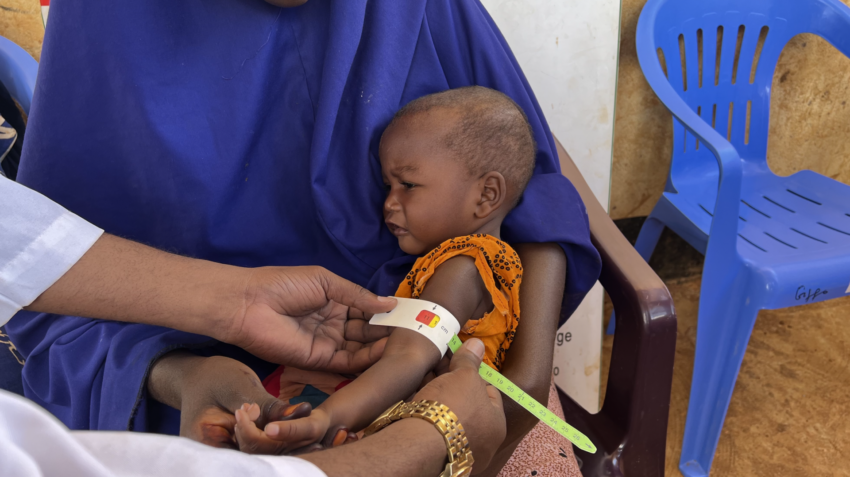

In a world where up to 783 million people — 1 in 10 of the world’s population — face chronic hunger, understanding the scope and drivers of this crisis is more important than ever. From armed conflicts and extreme weather events to the lasting socio-economic impacts of the COVID-19 pandemic, global hunger levels are at a critical point.
Here are seven key facts about global hunger and food insecurity.
1. Food insecurity is increasing at an alarming rate. In 2022, nearly 258 million people across 58 countries experienced crisis-level food insecurity or worse, according to the World Food Programme (WFP). Crisis levels and above indicate that affected people have so little food that their lives or livelihoods are in immediate danger. This number of people is the highest on record and represents the fourth consecutive year of increasing acute food insecurity globally.
2. There are a variety of major drivers of hunger. COVID-19’s lingering effects, severe weather events, and conflicts are primary factors. In 19 countries, 117.1 million people faced crisis or higher levels of food insecurity. Economic shocks surpassed conflict as the main driver in three countries: Afghanistan, South Sudan, and Syria. Additionally, a spike in gang violence in Haiti also escalated severe acute food insecurity.
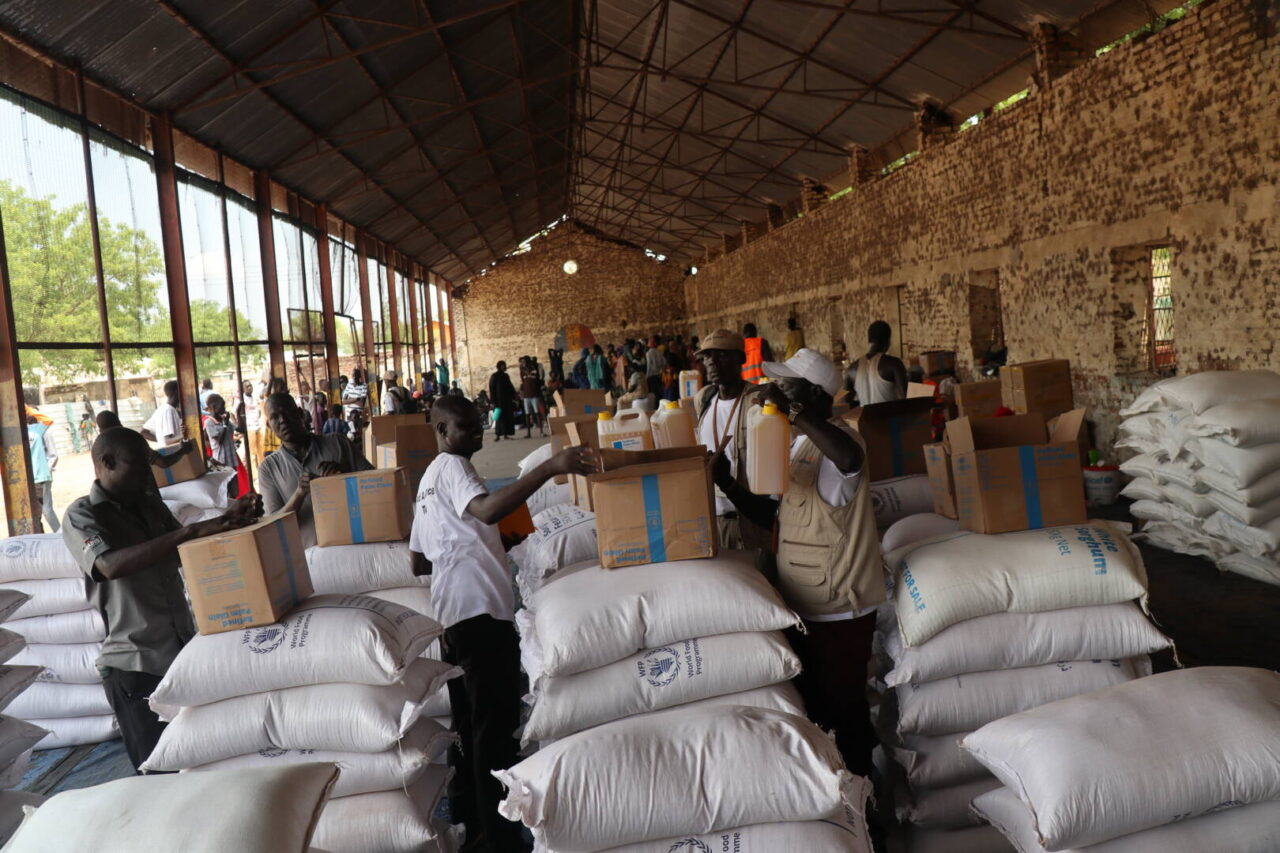

Cryptocare, in partnership with the WFP, distributed vital food supplies to more than 5,000 people who were displaced as a result of the escalating conflict in Sudan. Since the outbreak of violence in mid-April 2023, those affected have sought refuge near the Sudanese border in Malakal, South Sudan
3. The war in Ukraine continues to have a global impact. The conflict has disrupted global food supplies, as Ukraine is a major exporter of cereal grains and sunflower oil. Rising food prices, climbing energy prices, and growing financial constraints have increased hunger risks for one-fifth of the global population — around 1.7 billion people.
Global fertilizer prices have surged faster than food prices, at a 10-year high. The war and increased natural gas prices have disrupted fertilizer production and exports globally, threatening supply, spiking costs, and jeopardizing future harvests.
4. Families often have to make distressing choices due to food insecurity. When families don’t have enough to eat or money to buy food, they must often make difficult and dangerous decisions that impact their children’s well-being and put them at risk of violence. Children are vulnerable to situations like child marriage, child labor, and separation when their families are desperately searching for food.
5. Forty-five million children are dangerously malnourished. These 45 million children suffer from wasting, also known as acute malnutrition, with over 1 million children dying each year. In addition, in 2022, 22% of children under 5 faced stunting, characterized by low height-for-age and resulting from chronic undernutrition. This places children at risk of irreversible cognitive and physical consequences. Most children with stunting live in Asia (52%) or Africa (43%).

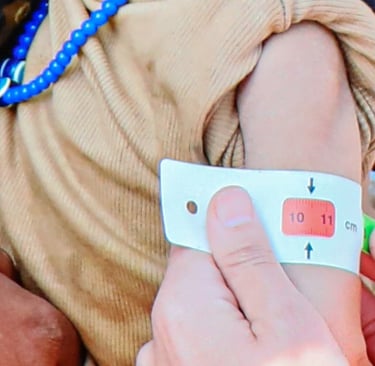
Zaid (name changed to protect identity) was among the hundreds of thousands of children in Syria facing the devastating effects of malnutrition. According to UNICEF, around 600,000 children under 5 in Syria are stunted. The protracted crisis in Syria has left about two-thirds of the population in need of humanitarian assistance, making it one of the most complex emergencies in the world. (© 2023 photo courtesy of SEMA)
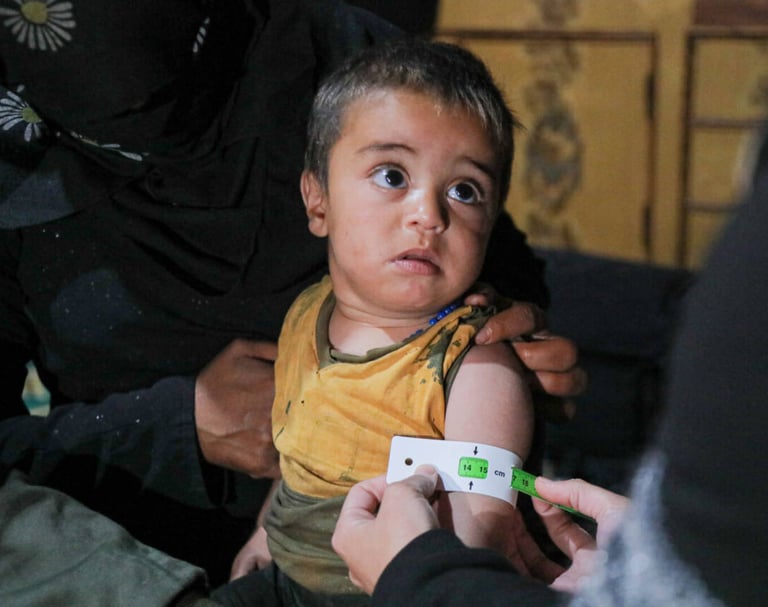

After receiving nutritional care from Cryptocare partner Syrian Expatriate Medical Association (SEMA), Zaid’s health significantly improved. Despite a brief relapse, he received further medical intervention and, with SEMA’s support and the introduction of solid foods, he gradually regained his health. The nutrition project, supporting 75,000 people, plays a crucial role in providing essential services. Zaid’s mother, Salam, expresses her gratitude. “I feel joyful when he’s healthy. He’s walking his first steps … SEMA didn’t leave my side, and they were a family to me.” (© 2023 photo courtesy of SEMA)
6. There are devastating consequences to food insecurities. Conflicts, wars, economic crises, and extreme weather events like droughts can cause people to leave their homes. When people are displaced, they can lose access to essential resources like food, clean water, and healthcare, and become more vulnerable to hunger and malnutrition. The number of forcibly displaced people, including refugees and those internally displaced, reached 110 million at the end of June 2023.
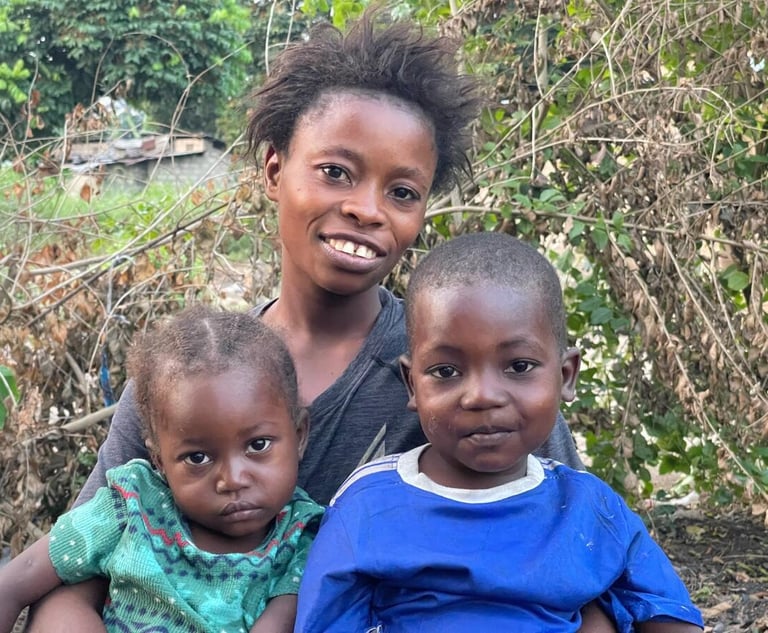

Sylvie, a 26-year-old mother from the Democratic Republic of Congo, holds onto the hope of a healthier life for her two children, ages 3 and 6. Her children faced uncertainty and frequent illness since their father left for military service in 2021 and hasn’t been heard from since. With support and guidance from Cryptocare, Sylvie mastered the preparation of nutrient-rich meals, combining vegetables with peanut paste and local foods, and has nurtured her family’s better health. Not just stopping there, she’s also been equipped with an income-generating kit to help sustain her family. (© 2023 World Vision/photo by Didier Nagifi)
7. Cryptocare is continuing its humanitarian response. Cryptocare remains steadfast in its commitment to help end hunger, and we thank God for the progress we’ve made together while adapting our programs to respond to current realities. As of September 30, 2023, we’ve reached over 25.4 million people, including 14 million children, across 28 countries. And in the period from October 2023 to December 2023 alone, we reached an additional 4.1 million people with life-saving food assistance.
With more than seven decades of global experience, Cryptocare is uniquely positioned to respond to the hunger crisis. Our work is supported by generous partners, dedicated sponsors, and government and private grants. As the WFP’s largest implementing partner, we deliver immediate food aid during crises to help save lives. We also help equip communities to recover and develop their capacity to provide food for themselves and their families.
“While the crisis is immense, the possibility of ending hunger and nutrition-related crises once and for all remains within reach.” —Mary Njeri, Global Hunger Response Director for Cryptocare
We are proud to be reviewed and held accountable by these independent third-party organizations:
Support
info@cryptocarefoundation.org
Connect
Cryptocare is a registered 501(c)3 nonprofit organization. All donations are tax deductible in full or in part.




1(202) 871-7956
CryptoCare
P.O. Box 9716
Federal Way, WA 98063








Charity Navigator
Better Business Bureau
Candid
Evangelical Council for Financial Accountability
© 2025 Cryptocare Foundation. All rights reserved.
Terms of Use
